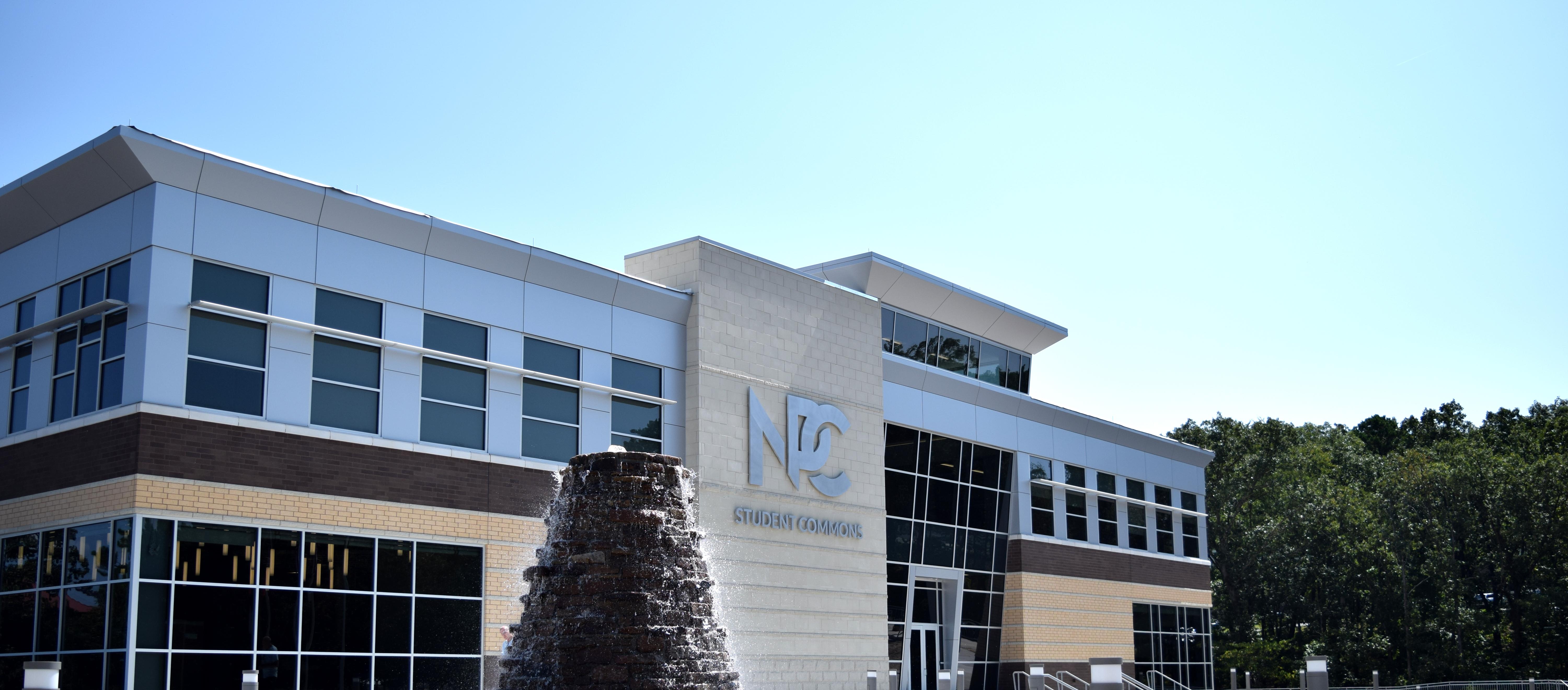| |
Dec 18, 2025
|
|
|
|
|
BIOL 2234 - Anatomy & Physiology II* 4 Credits
Continuation of BIOL 2224 - Anatomy & Physiology I* . Topics include circulatory, respiratory, digestive, urinary, and endocrine and reproductive systems, fluids and electrolytes.
Lab Fee.
Prerequisite: BIOL 2224 - Anatomy & Physiology I* with “C” or better grade earned within the last 7 years
Course Level Objectives
Upon successful completion of this course, the student will be able to:
- Identify and characterize the components of blood and all its cell types, and the steps in formation of blood cells and components. (GEO 3)
- Utilize laboratory tests to assess the blood. (GEO 2, 3 )
- Apply knowledge of the anatomy of the heart, the role of the heart in the circulatory system, and heart mechanics and physiology. (GEO 2, 3)
- Recognize the anatomy and function of all vessel types and their role in blood pressure and flow. (GEO 3)
- Identify the structure of the lymphatic system and its role in the immune and cardiovascular systems. (GEO 3)
- Recognize the overall architecture of the immune system, its divisions and their components, and its normal and abnormal functions. (GEO 3)
- Identify the anatomy of the respiratory system and its physiology and role in acid/base balance. (GEO 3)
- Apply knowledge of the anatomy and physiology of the digestive system. (GEO 2, 3)
- Apply knowledge of metabolism and the role of enzymes in its processes. (GEO 2, 3)
- Identify the macroscopic and microscopic anatomy of the urinary system, urinary physiology and its role in acid/base balance, fluid balance, and long-term blood pressure control. (GEO 3)
- Apply knowledge of acid/base balance, fluid balance, and electrolyte balance in the body. (GEO 2,3)
- Recognize the anatomy and physiology of the reproductive system. (GEO 3)
- Identify all hormones and their functions in the endocrine system. (GEO 3)
- Perform hands-on science laboratory experiments and dissections, and properly care for and maintain laboratory equipment. (GEO 3)
- Use computer technology/software to enhance the Anatomy and Physiology learning experience. (GEO 3)
- Read, summarize, and make personal conclusions/comments on newspaper, journal and internet articles within the realm of Anatomy and Physiology. (GEO 1, 2, 3)
- Collaborate effectively in diverse laboratory or course groups. (GEO 4)
ACTS Equivalent Course Number: BIOL 2414
Add to Portfolio (opens a new window)
|
|

